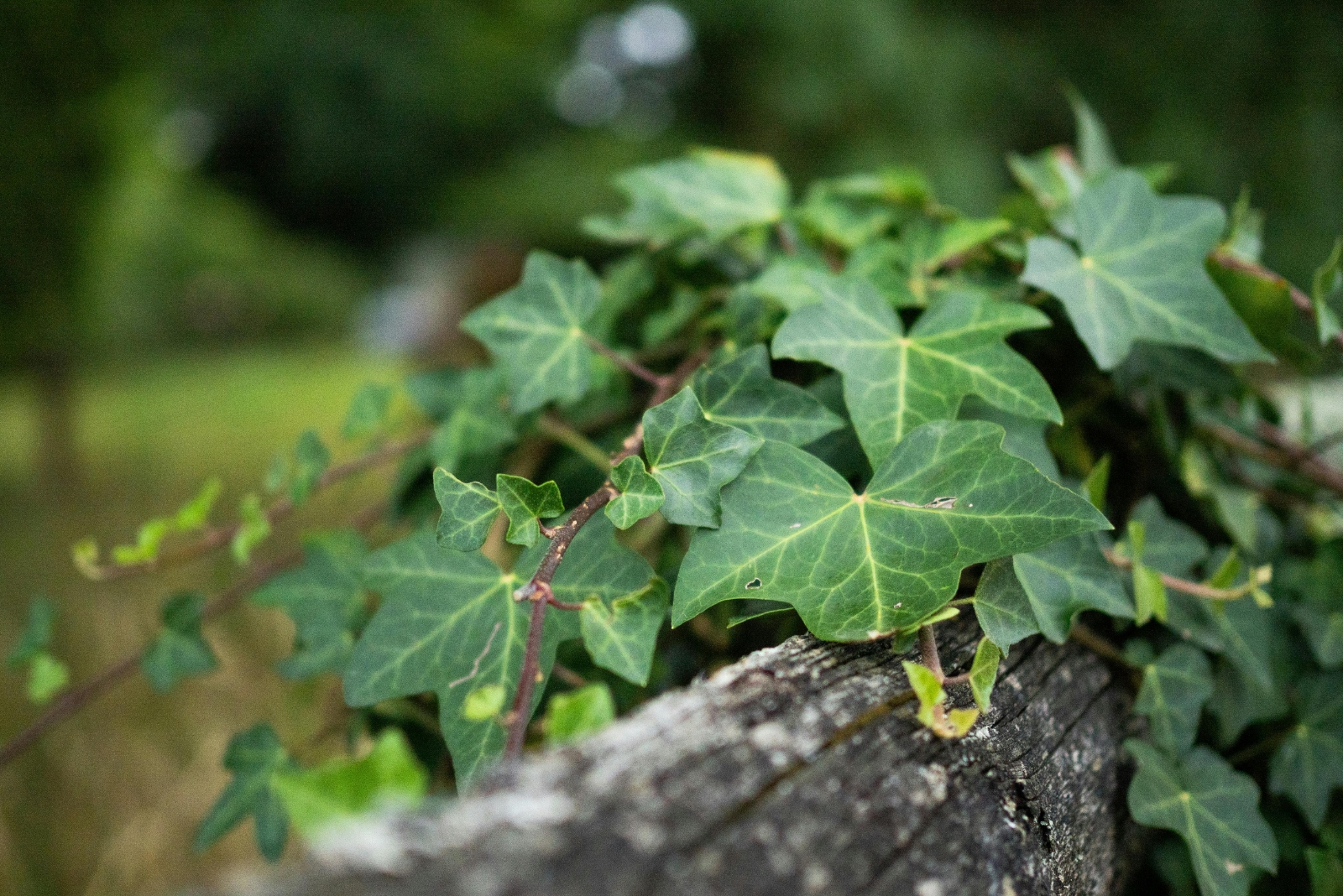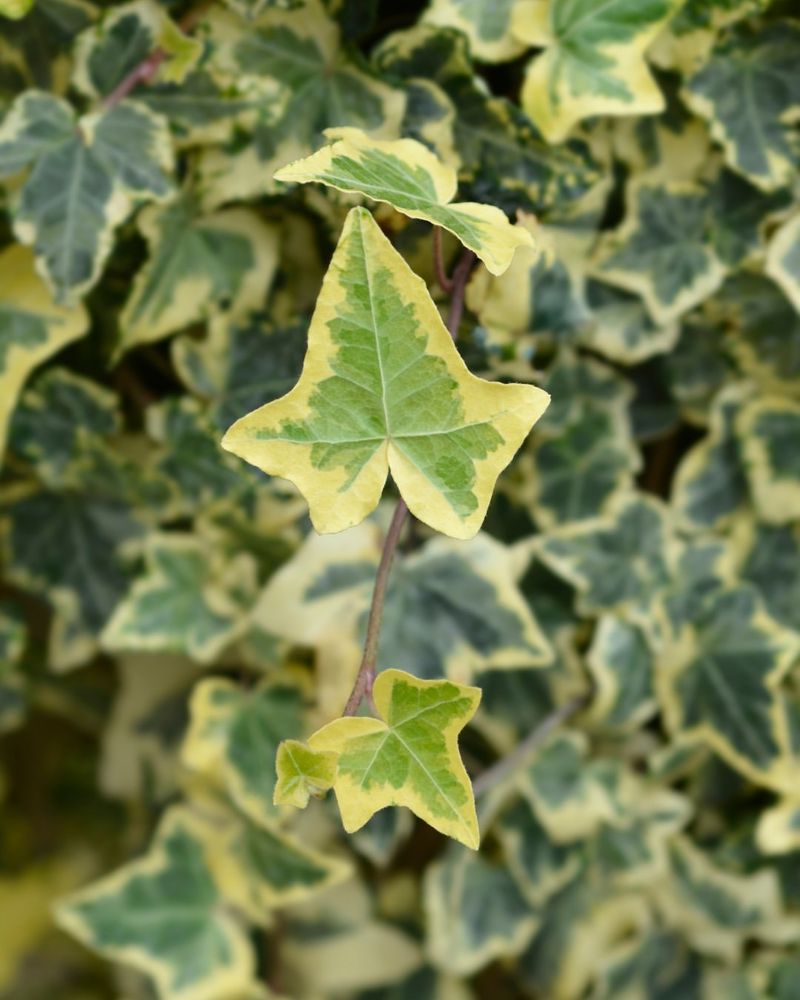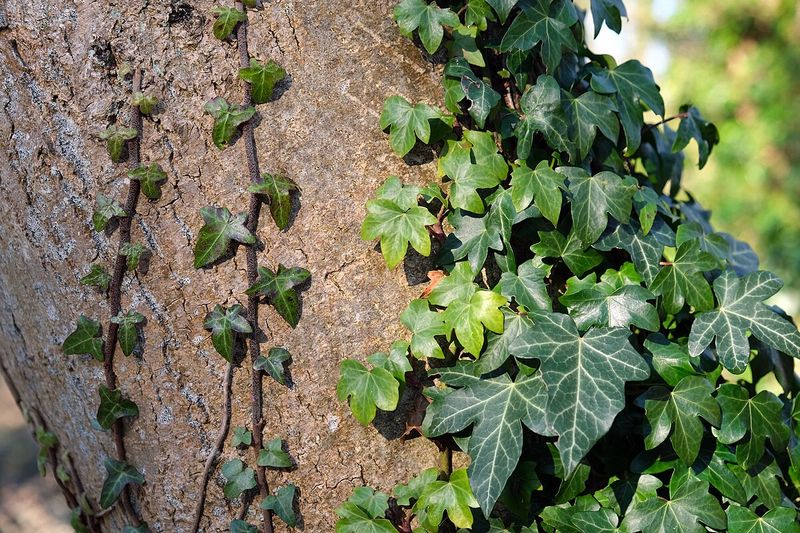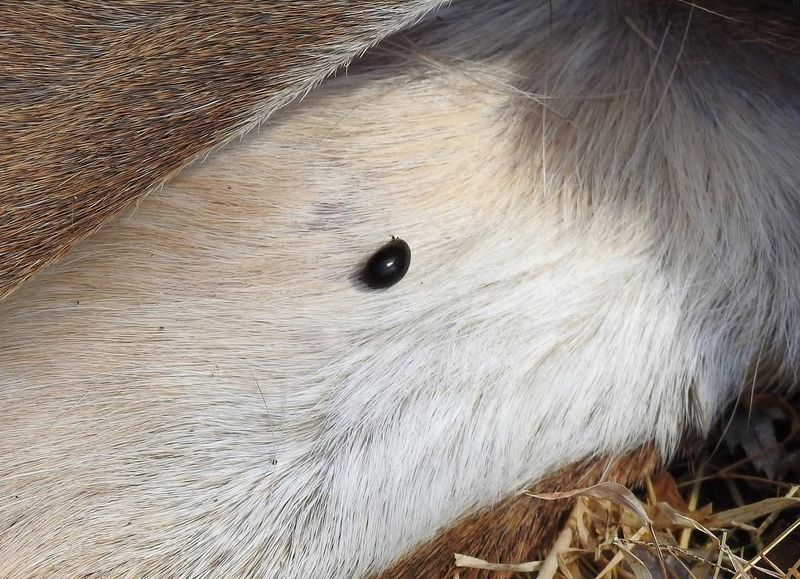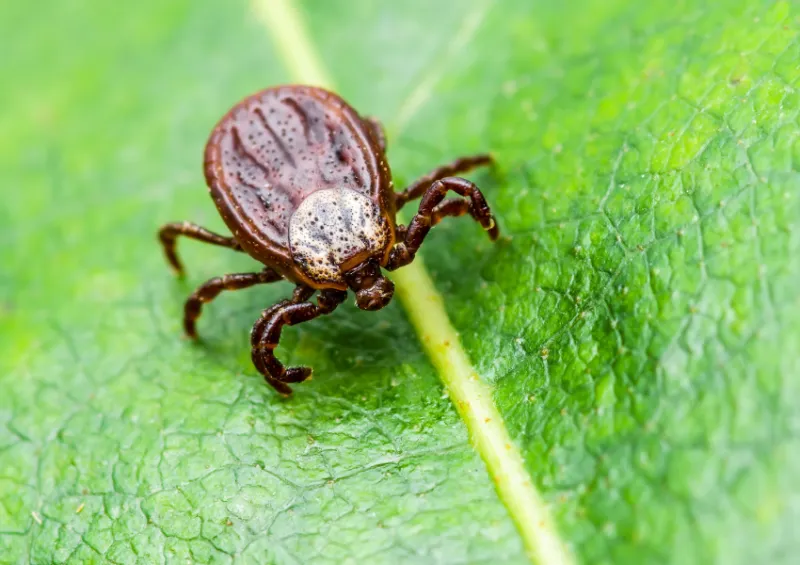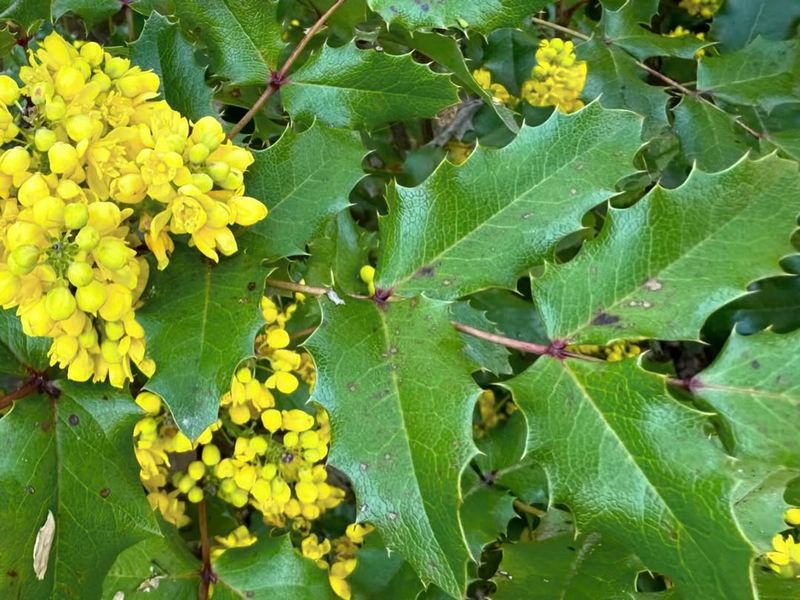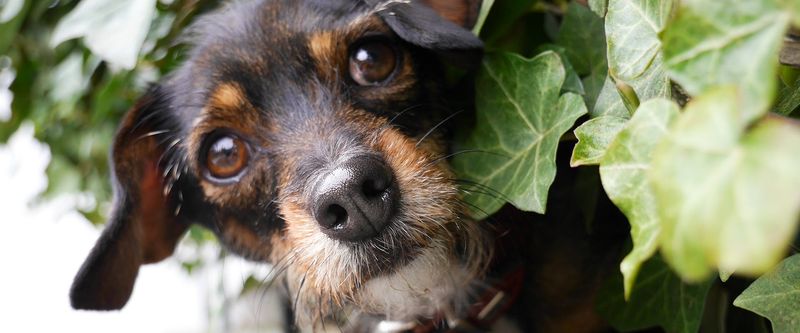Oregon’s lush landscapes may look like paradise, but some greenery hides trouble in the underbrush.
What seems like harmless ground cover could be turning your backyard into a tick magnet — and putting your furry friends in harm’s way. The culprit? None other than the ever-creeping English ivy.
1. English Ivy Creates Perfect Hiding Spots For Ticks
Thick mats of English ivy create dark, moist environments in Oregon yards where ticks absolutely thrive. The dense foliage keeps humidity levels high while blocking sunlight, making it an ideal habitat for these tiny parasites.
Ticks love hiding in the cool shade between ivy leaves, waiting for your pet to brush past. When dogs or cats walk through ivy patches, ticks can easily latch onto their fur.
Removing or trimming back ivy near play areas significantly reduces tick exposure for outdoor pets.
2. The Plant Contains Toxic Compounds Harmful To Pets
Both the leaves and berries of English ivy contain triterpenoid saponins, which sound complicated but simply mean poison for pets. Dogs and cats who chew or eat any part of this plant can experience serious stomach problems.
Symptoms include excessive drooling, vomiting, diarrhea, and abdominal pain. In severe cases, pets might have trouble breathing or experience skin irritation from contact.
Always watch curious pets around ivy and contact your vet immediately if ingestion occurs.
3. Oregon’s Climate Makes Ivy Grow Out Of Control
Oregon’s mild, wet climate is basically paradise for English ivy, allowing it to spread aggressively throughout neighborhoods and natural areas. The plant grows so vigorously here that it’s considered an invasive species.
Ivy can quickly take over yards, fences, and trees, creating larger areas where ticks congregate. The more ivy grows, the bigger the problem becomes for pet safety.
Regular maintenance is essential to prevent ivy from dominating your outdoor spaces and increasing tick populations around your home.
4. Ivy-Covered Areas Require Extra Tick Checks
After your pet explores areas with English ivy, thorough tick checks become absolutely necessary. Run your fingers carefully through their fur, paying special attention to warm spots like ears, armpits, and between toes.
Ticks can be tiny, especially nymphs, so good lighting helps during inspection. Check yourself too, since ticks don’t discriminate between pets and people.
Making tick checks a daily routine during warmer months protects everyone in your family from tick-borne diseases like Lyme disease.
5. Wildlife Using Ivy Brings More Ticks To Your Yard
Rodents, birds, and other Oregon wildlife love nesting in thick English ivy, but these animals often carry ticks with them. When wildlife makes homes in your ivy, they’re essentially delivering ticks right to your property.
Mice and rats are particularly problematic because they’re common tick hosts. Birds can drop ticks while perching on ivy-covered structures.
Reducing ivy coverage near your home discourages wildlife from settling close by, which naturally decreases the tick population your pets might encounter during playtime.
6. Safe Alternatives To English Ivy Exist For Oregon Gardens
Oregon gardeners have plenty of beautiful, pet-safe alternatives to English ivy that won’t attract ticks or poison animals. Native plants like kinnikinnick, wild ginger, and Oregon grape adapt perfectly to local conditions.
These alternatives provide attractive ground cover without creating the dense, humid conditions ticks prefer. Many native plants also support local pollinators and beneficial insects.
Replacing ivy with safer options creates a healthier environment for pets while maintaining your landscape’s visual appeal and supporting local ecosystems.
7. Proper Ivy Removal Protects Pets Long-Term
Removing English ivy from your Oregon garden completely requires persistence, but it’s worth the effort for your pet’s safety. Start by cutting vines at ground level, then carefully pull roots from soil.
Wear gloves during removal since ivy can cause skin irritation in sensitive individuals. Dispose of ivy properly rather than composting it, as fragments can regrow.
Once removed, monitor the area regularly for new growth. Complete removal eliminates both the tick habitat and the poisoning risk, giving your outdoor pets a safer environment to explore.

